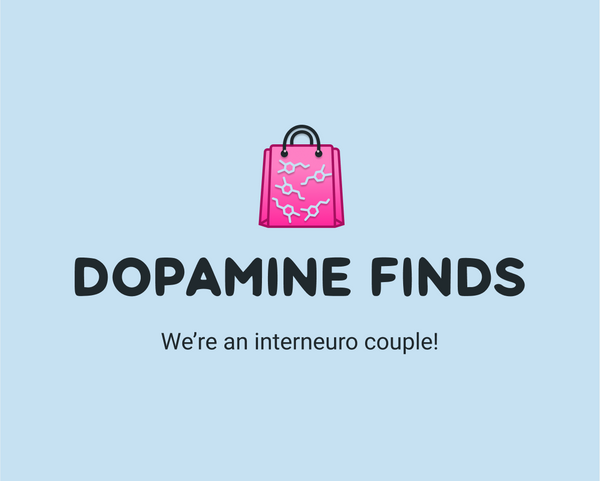Developing a Needs Inventory in Interneruo Relationships
Creating a needs inventory in a relationship where one partner has both ADHD and Autism (AuDHD) is a vital step towards understanding and addressing each other's core requirements for a fulfilling relationship. This process involves identifying, articulating, and prioritizing the needs of both partners. This will work for other forms as neurodiversity as well. Here's how to dive deeper into creating and utilizing a needs inventory effectively.
Step 1: Understanding What Constitutes a 'Need'
- Defining Needs vs. Wants: A 'need' in a relationship is something that is essential for a person's emotional or physical well-being, while a 'want' is more about preferences and desires. For instance, a need might be having clear and direct communication to avoid misunderstandings, whereas a want might be preferring to spend leisure time in a certain way.
- Identifying Personal Needs: This can be challenging, especially for individuals with AuDHD who might struggle with self-awareness or emotional regulation. It's important to reflect on what conditions or behaviors from your partner make you feel safe, valued, and understood. Consider aspects like emotional support, personal space, routine stability, and sensory sensitivities. Talking things out with your partner may also be a good way of finding out needs you weren’t immediately aware of.
Step 2: Creating the Inventory
- Individual Reflection: Both partners should take time independently to list their needs. Reflect on past experiences in your relationship: when did you feel most at peace, secure, or happy, and what contributed to those feelings? Another good exercise, especially for neurotypicals, is reflecting on yourself before being in an interneuro relationship. Priorities obviously change once you’re in a committed relationship, but it’s important to not lose sight of yourself and always practice authenticity. Taking time to evaluate what makes you feel the most authentic and like your true self is crucial to communicating effectively with your partner.
- Joint Discussion: Come together to discuss your lists. This should be done in a calm, non-confrontational setting. Each partner takes turns to express their needs, explaining why they are important. Another tip that has helped us, is using “I statements.” Focus on why you feel the way you do, and try to avoid using accusatory language such as “you make me feel…”
- Understanding and Empathy: As you listen to each other’s needs, try to understand their perspective, especially how AuDHD might influence these needs. For neurodivergent partners, if you’re struggling to understand your neurotypical partner, ask clarifying questions, but do your best to refrain from judgmental or immediate reactions. Asking questions is important to fully understanding each other and is a great way of growing closer and building intimacy. The more you learn about each other, the more tools you have in your toolkit to tackle future conflicts or disagreements.
Step 3: Prioritizing and Negotiating Needs
- Identify Common and Divergent Needs: There may be needs that are shared or similar, which can be prioritized easily. Divergent needs may require more discussion and compromise.
- Ranking by Importance: Some needs will be more critical than others. Both partners should indicate which of their needs are non-negotiable and which ones they are willing to be flexible about.
- Developing Strategies: For each need, discuss and agree on practical ways to meet them. This could involve setting specific routines, creating communication guidelines, or allocating personal space and time.
Step 4: Regular Review and Adjustment
- Periodic Reassessment: Needs can change over time, so it’s important to revisit your inventory regularly. This helps ensure that the inventory remains relevant and that both partners feel their needs are being met.
- Flexibility and Adaptation: Be willing to adapt your strategies as your relationship evolves and as you both grow and learn more about each other's needs. Discuss with your partner if their needs are being met in the way they need them to be. Oftentimes, we think we are helping by doing one thing, but in reality, our partner needs to feel seen or cared for in a different way. Intention and impact are two different things, and it's important to make sure you’re having the right impact on your partner.
Conclusion
A needs inventory is not just a list; it's a living document that guides how partners in an AuDHD relationship interact and support each other. By clearly identifying and addressing each other's needs, you create a foundation of understanding, respect, and empathy, which is essential for a healthy, balanced relationship. This process underscores the importance of open communication, mutual respect, and a willingness to grow together.

